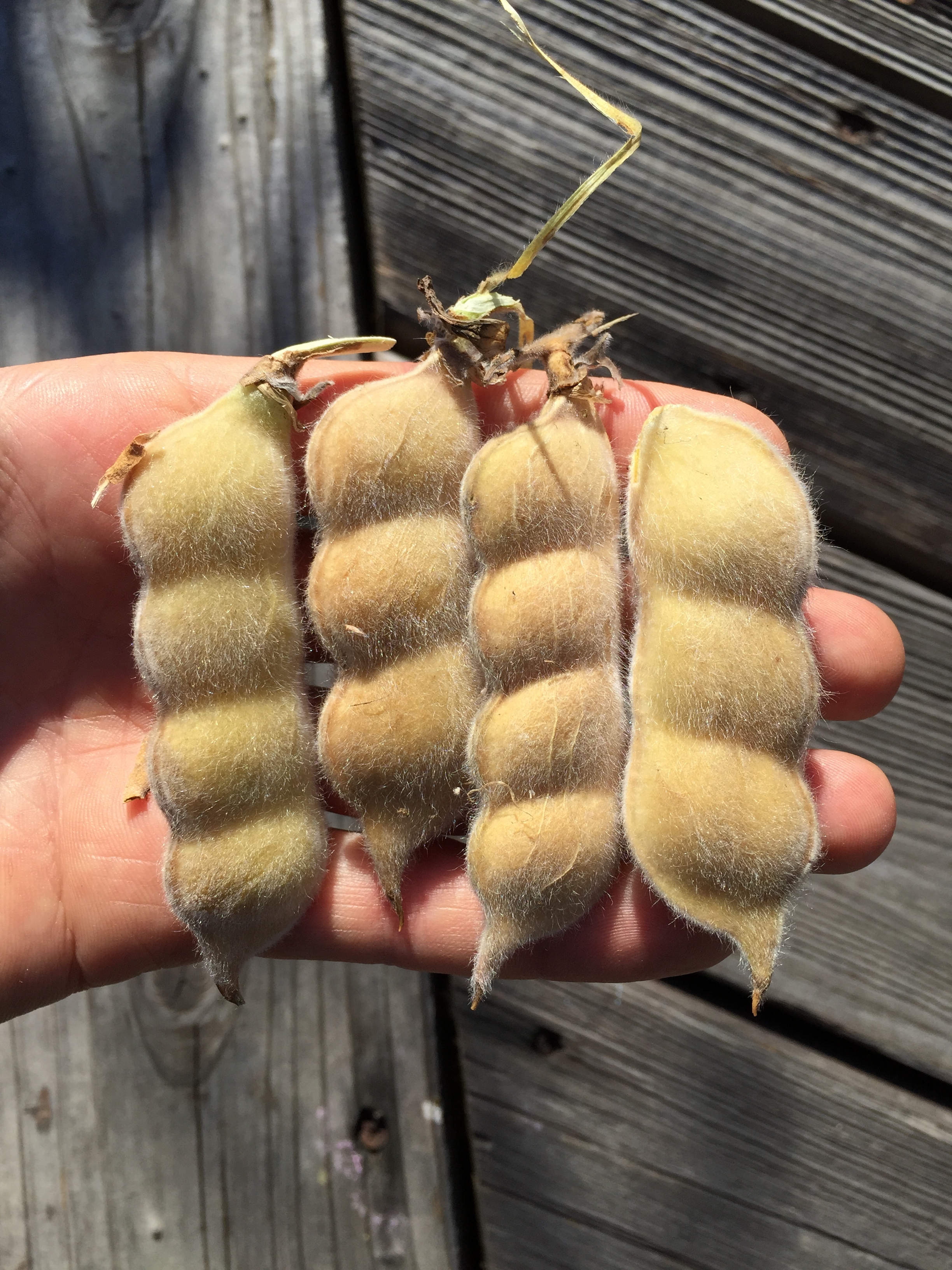BACKGROUND, ORIGIN AND DISTRIBUTION
Lupinus pilosus, commonly called blue lupine, (also known as ‘Altreier Kaffee’, or Altrei Coffee, Hebrew: תורמוס ההרים, Arabic: ترمس برّي) from the fabaceae family. The species is thought to be endemic to Israel where it is found in Mediterranean scrubland.
USES AND ETHNOBOTANY
L. pilosus used to be widely cultivated as a caffeine-free coffee substitute around the village of Altrei, in the Tyrolian Alps, Northern Italy. The seeds were roasted and mixed with malt grains and infused in boiling water. I do not know how it made its way there from where it is native in the Middle East, near and around Palestine. Interestingly, not only from a cultural and historical but also from a botanical standpoint, since 2006 a local initiative is re-establishing L. pilosus cultivation in the Altrei region to revive this culinary specialty.
PROPAGATION AND CULTIVATION
The plant can be propagated easily from seed. Direct seeding works best and the plant will naturalize if grown in a favorable environInitially. The small seedlings don't seem to like transplanting. The newly germinated plant quickly develops a strong root system. Seeds are best seeded in fall or late winter. They will germinate and remain small until the weather starts to warm up at which point the plant will grow rapidly. I collected seed growing from plants outside a UC Berkeley plant science facility, the large seedpods drew my attention. Now I’ve been growing the species for years, accumulating more and more seed each year. One remarkable characteristic of the flower is that is smells exactly like grape soda. Here is a PDF of an article on the use of this species as a coffee substitute. ‘Altreier Kaffee’- Lupinus pilosus L. cultivated as coffee substitute in Northern Italy



